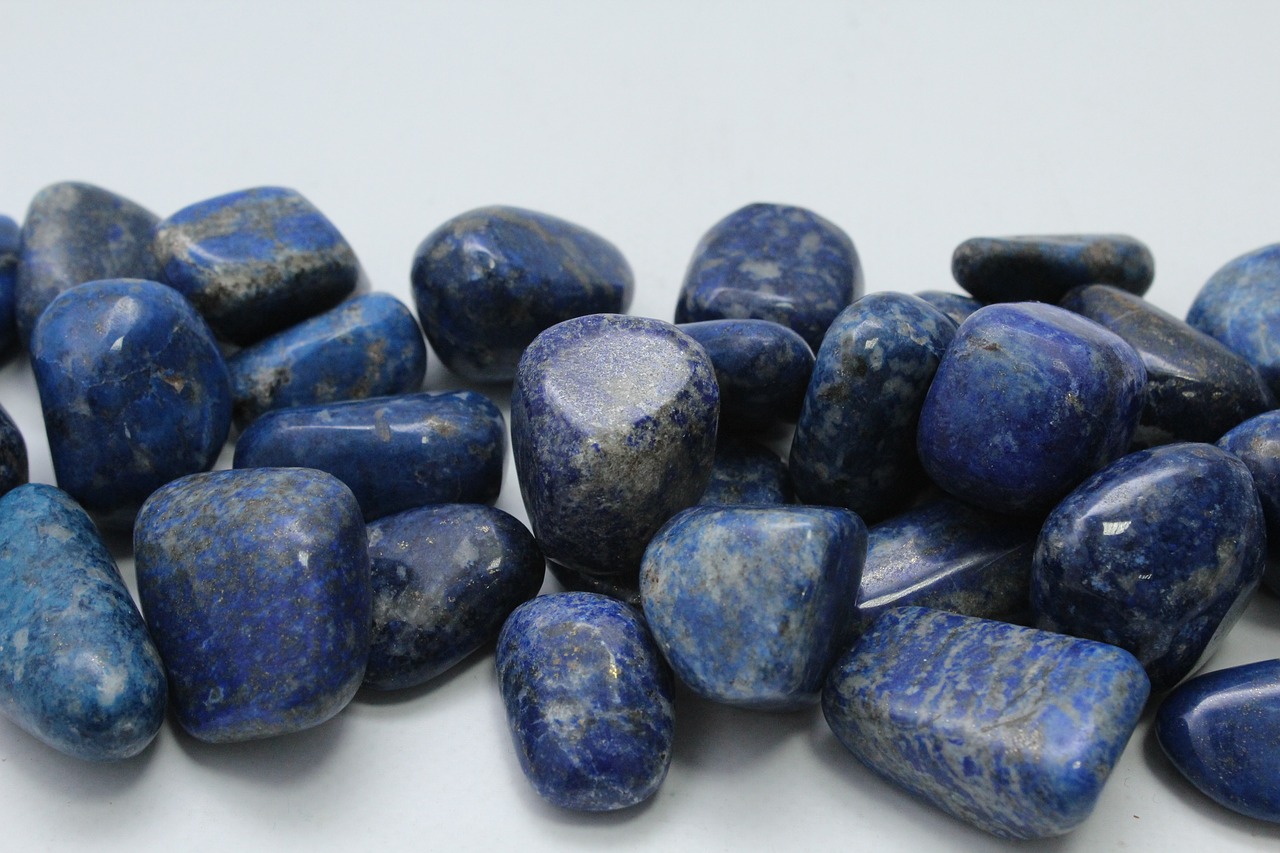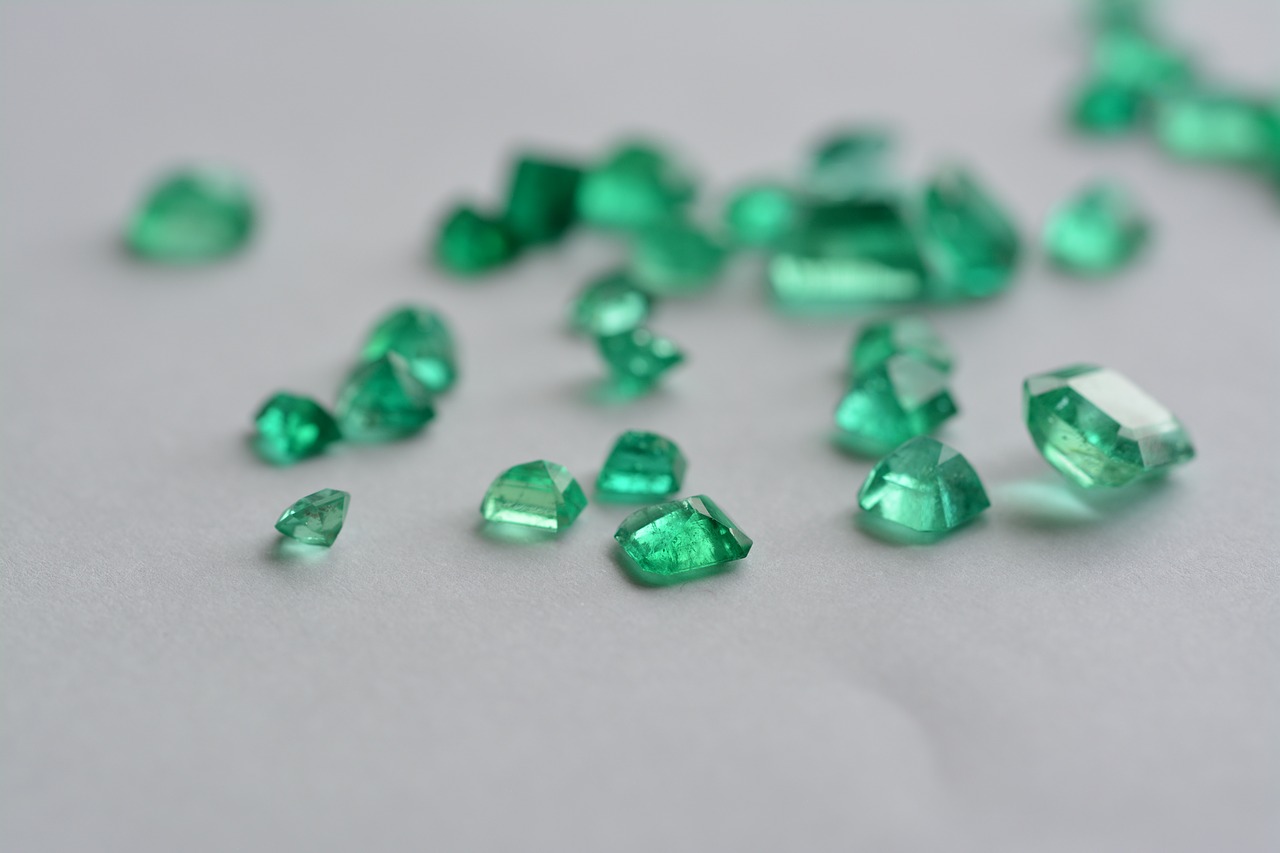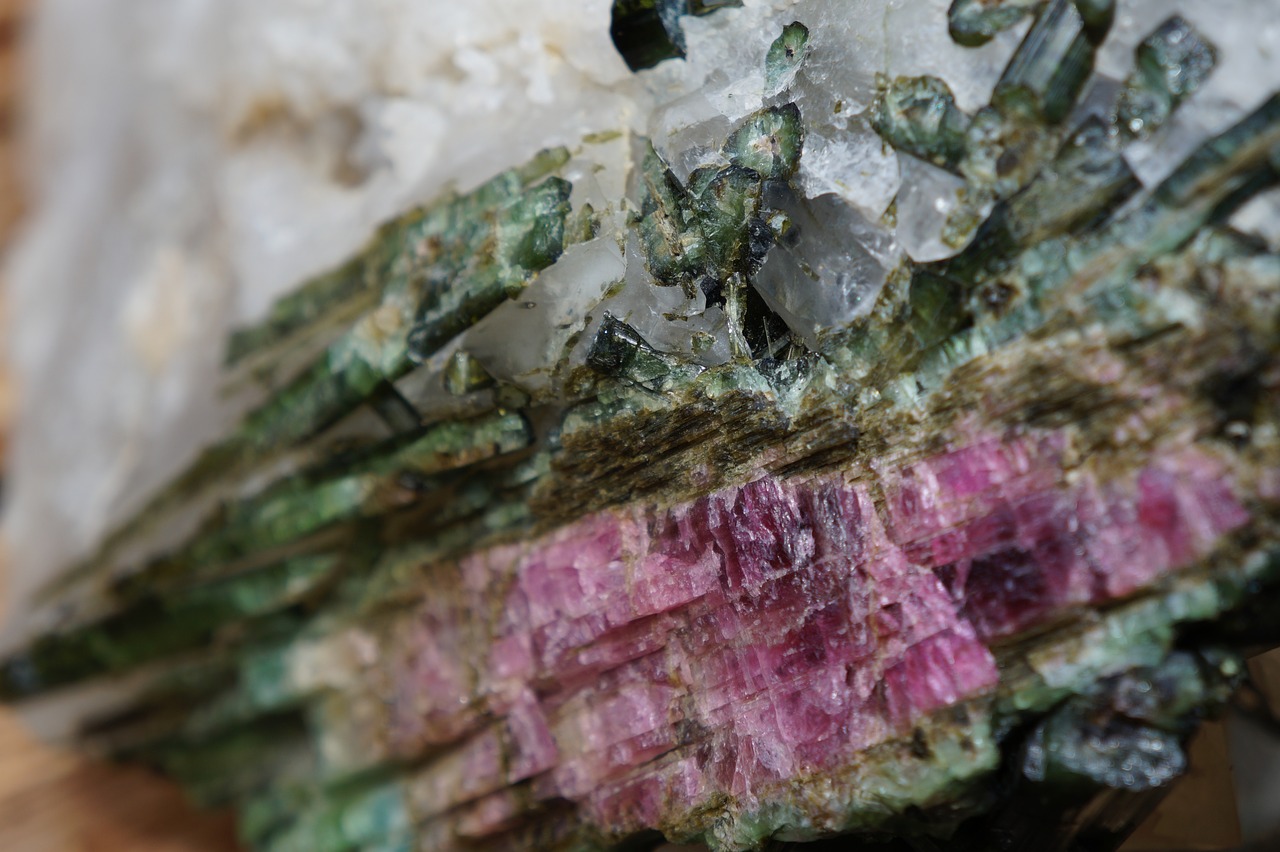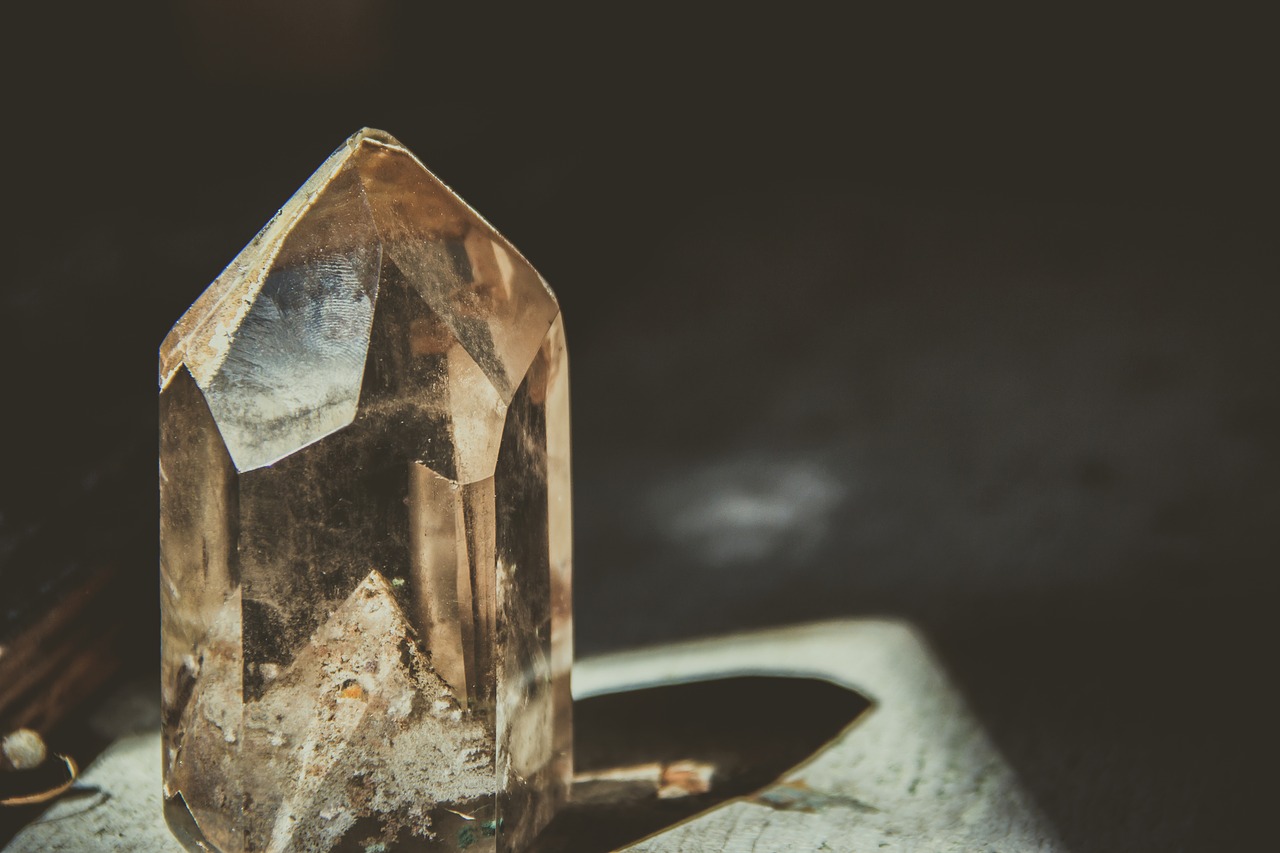For centuries, Afghanistan has been a leading producer of lapis lazuli, a gemstone favored by the ancient Egyptians. The country is also rich in several other semi-precious stones—a recent joint study by the United States Geological Survey and the Pentagon estimating the net value of Afghanistan’s untapped minerals to be around $3 trillion.
In this article, we look at Afghanistan’s gem mining industry and the jewels it exports all over the world.
Lapis Lazuli

This royal blue metamorphic rock has been prized since antiquity for its vivid color. Mining this intense blue stone since 8000 BCE, Afghanistan has some of the oldest known lapis mines in the world.
A favorite of the pharaohs, lapis was used throughout ancient Egypt to make ornaments and amulets, such as scarabs. Lapis jewelry has also been discovered at predynastic Egyptian excavations.
Lapis was used to decorate the Pyramids of Giza, and when it was ground into a fine powder, it could be used as an eyeshadow, a favorite of the Ptolemaic ruler Cleopatra. The gem will forever be associated with ancient Egyptian pharaoh Tutankhamun, whose ornate gold funeral mask was inlaid with the stone.
Lapis lazuli was popular in ancient Mesopotamia, where the Assyrians, Babylonians, and Akkadians utilized the gemstone to make seals and artifacts, an abundance of which have been recovered from across the region.
In the Bronze Age, lapis was sought after by Indus Valley civilizations. Toward the end of the Middle Ages, lapis lazuli became popular with the world’s most talented artists, who ground it into a powder, making the finest and most expensive of all blue paints: ultramarine. Renowned Renaissance and Baroque artists including Titian, Perugino, Vermeer, and Masaccio famously used the color. It was usually reserved for the clothing of a painting’s central figure, particularly the Virgin Mary.
While lapis lazuli is found in other countries, these deposits pale in insignificance when compared with the vast amounts found in Afghanistan. The stone was originally mined in Afghanistan’s Badakhshan district, where one mine has been continuously been producing lapis lazuli for the international market for more than 7,000 years.
Rubies and Sapphires
Just a few hours’ drive from Afghanistan’s capital city, Kabul, lies the mountainous region of Jegdalek, an area renowned for producing some of the brightest, most valuable rubies in the world.
Operational for more than 500 years, Jegdalek’s ruby mines produce high-grade stones that have been popular with royalty for centuries. Despite the region’s global reputation as a leading producer of high-grade rubies, most of the stones mined in Jegdalek today are sapphires. These come in a range of different hues, from traditional blue to semi-transparent pink.
Emeralds

Lying due north of Kabul, the Panjshir Valley is home to more than 172 separate emerald mines. Panjshir emeralds boast a distinctive bluish-green hue. They are rapidly becoming one of Afghanistan’s most prized gemstones.
Aria Gems is a new startup established by Habib Mohebi. Speaking with CNN, the entrepreneur recounted hearing about emerald mines as a young boy growing up in Kabul. Years later, Mohebi used his knowledge to reconnect him with his homeland, opening a mining operation in Afghanistan and exporting emeralds across the world. Headquartered in New York, with a gem cutting and processing center in North Dakota, Aria Gems transforms rough stones into high-end polished emeralds.
Since the company’s incorporation in 2013, Aria Gems has grown to become a leading supplier of Panjshir emeralds, shipping more than 30,000 carats of this highly sought-after stone all over the world.
Aquamarine
This blue-green member of the beryl gemstone family is prized the world over, with colors ranging from almost transparent to vivid cerulean blue. Afghan aquamarines tend to be paler in color.
Unlike emeralds, which usually feature flaws and inclusions, many aquamarine crystals are faultless. Duller, greener stones can withstand heat treatment at extremely high temperatures to achieve striking shades of sky blue. Indeed, many of the gemstones found on the market today are enhanced through heat treatment.
Tourmaline

Over the past few decades, Afghanistan has grown famous for its spectacular tourmaline finds. The stone ranges in color from green, to blue, to vibrant raspberry pink, with a variety of shades in between. Like aquamarine, many tourmalines are virtually flawless in clarity.
Bi-colored tourmalines of blue-green or pink-green are occasionally found and are greatly sought after.
Other gemstones
Other gemstones commonly found in Afghanistan include red garnet, topaz, kunzite, fluorite, and quartz. Gemstone mining throughout the country is typically an artisanal activity, with high-quality stones entering the international market and sent overseas for precision cutting.
The World Bank estimates Afghanistan’s uncut gem trade to be worth around $2.75 million. With other institutions placing its value considerably higher, the government of Afghanistan is working to formalize the industry, expanding education in gemology, stonecutting, and polishing, and creating quality standards to govern Afghanistan’s blossoming gemological industry.

